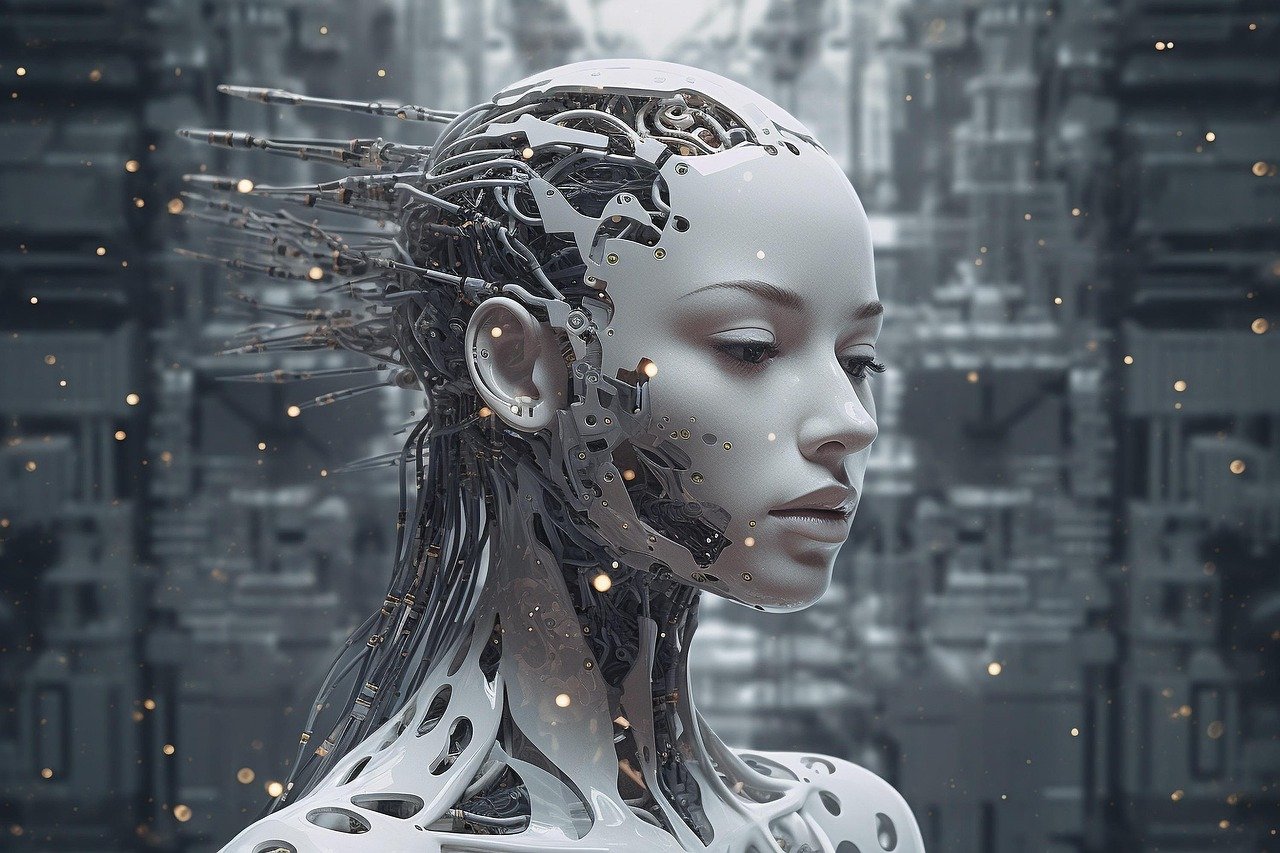
Across Canada, artists are turning to artificial intelligence not as a threat to creativity, but as a collaborator. From Vancouver to Halifax, digital exhibits now feature AI-generated visuals, soundscapes, and even curatorial decisions—opening up conversations about the role of machines in the evolution of human expression.
These digital galleries often live entirely online, accessible via mobile or VR platforms, and are reshaping the meaning of the exhibition space. The Royal Ontario Museum, for instance, recently partnered with tech firms and local artists to launch “Neural Landscapes”, an interactive experience where visitors’ emotions alter the displayed art in real-time.
“For many of us, AI is just another tool — like a paintbrush or a camera,”
While enthusiasm is growing, challenges remain. Issues around authorship, ethical training data, and accessibility raise new questions in this AI-infused artistic frontier. Canadian institutions are starting to address these concerns with new guidelines and artist-led panels, ensuring that innovation doesn’t come at the cost of accountability.
of surveyed Canadian artists say AI has positively impacted their practice.
AI-art exhibits launched in Canada since 2022.
Challenges and Critiques
Stay Ahead of the Story
Get breaking news, in-depth analysis, and exclusive insights from across Canada delivered straight to your inbox.
Subscribe NowWhy It Matters
New Artistic Frontiers
AI opens up creative dimensions previously unimaginable for traditional mediums.
Wider Accessibility
Online and interactive exhibits help reach more diverse and remote audiences.
Cultural Dialogue
AI art sparks meaningful discussion around authorship, bias, and the future of creativity.
As Canadian artists continue to integrate AI into their work, what emerges is not just a new way of creating, but a new way of seeing — one that challenges assumptions, fosters inclusivity, and redefines the digital gallery as both mirror and lens of society.